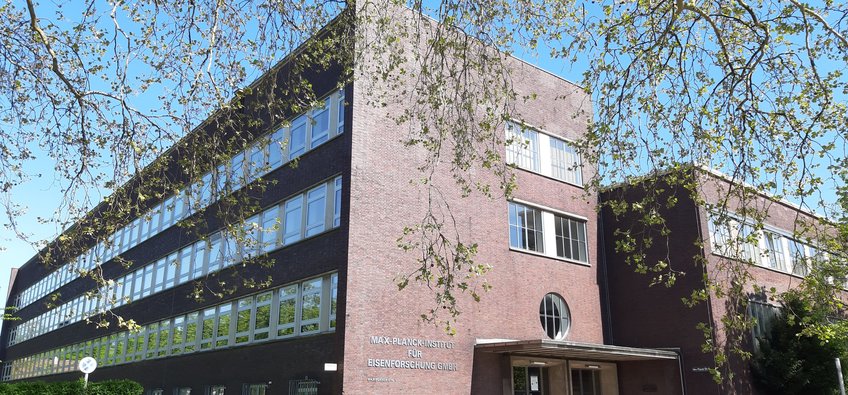
Max Planck Institute for Sustainable Materials GmbH
Materials science is facing major challenges: The steel industry alone contributes eight percent of global carbon dioxide emissions. Each year, e-waste, equivalent to 350 mega cruise ships, is discarded or incinerated rather than recycled, despite containing valuable metals like precious metals or rare earths. At the Max Planck Institute for Sustainable Materials, researchers explore climate-neutral, resource-conserving approaches to produce, utilize, and recycle essential materials for modern societies. They seek to produce metals using hydrogen instead of fossil fuels, extend material lifespans, enhance recyclability, and minimize waste. When developing materials that fulfil these requirements, researchers are increasingly relying on artificial intelligence to make the process significantly more efficient. The institute conducted its research under the name Max-Planck-Institut für Eisenforschung GmbH until 2024.
Contact
Max-Planck-Str. 140237 Düsseldorf
Phone: +49 211 6792-0
Fax: +49 211 6792-440
PhD opportunities
This institute has an International Max Planck Research School (IMPRS):
IMPRS for Sustainable Metallurgy - from Fundamentals to Engineering MaterialsIn addition, there is the possibility of individual doctoral research. Please contact the directors or research group leaders at the Institute.








